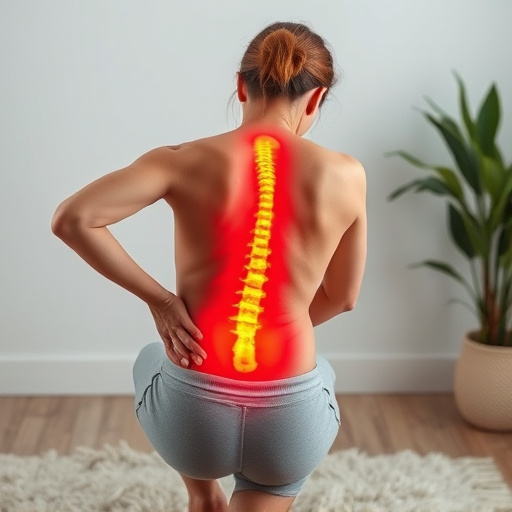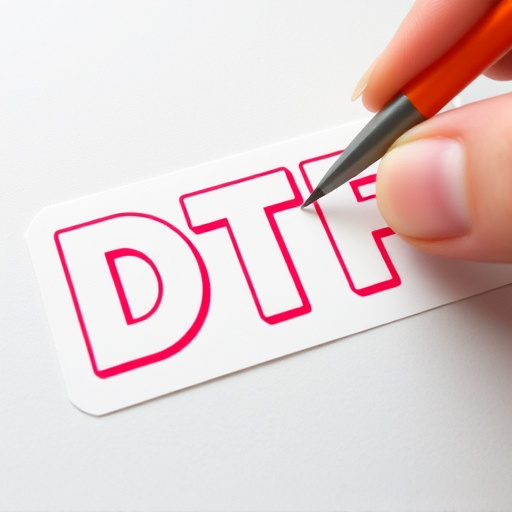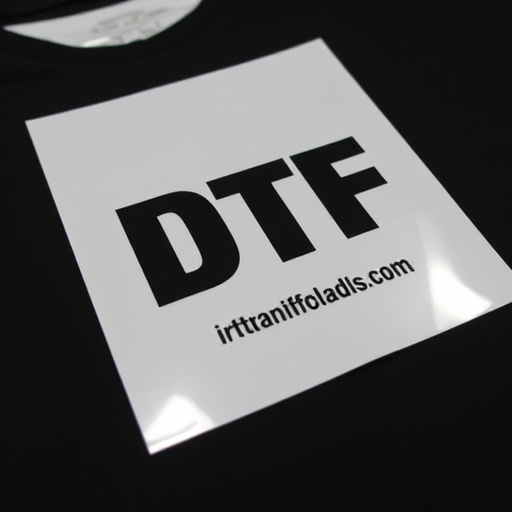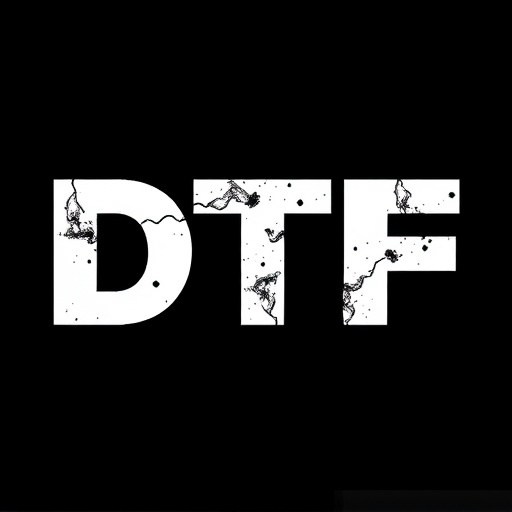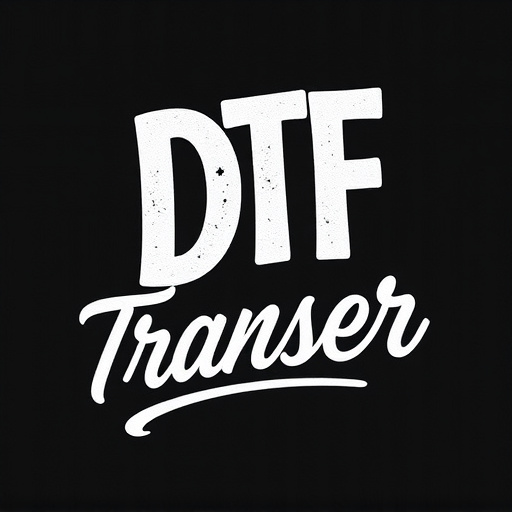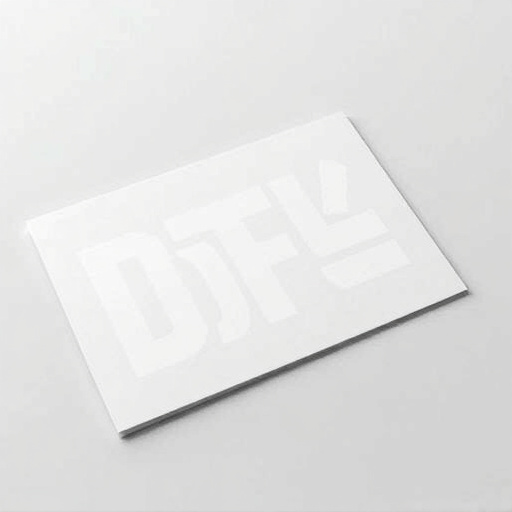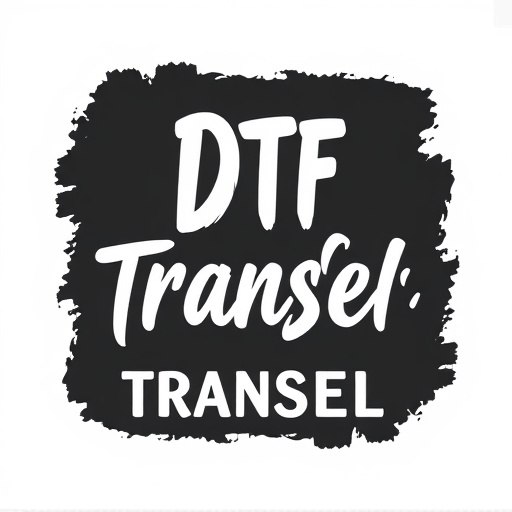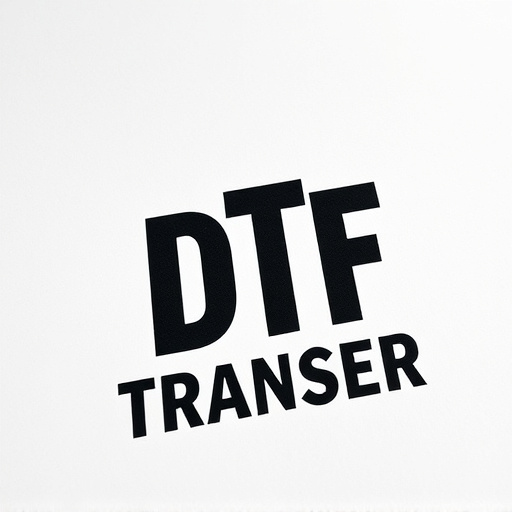Direct-to-film (DTF) transfers are a cutting-edge printing technology for outdoor applications, offering enhanced durability and vibrancy against UV radiation, moisture, and temperature changes. This method, using specialized inks and films, is ideal for large-scale projects like advertising banners, wayfinding signs, and event graphics, as it maintains visual impact over extended periods while reducing replacement costs. DTF's scientific approach to UV protection, through specific material compositions, ensures longevity in various outdoor environments. Proper preparation, installation, and curing techniques further optimize the technology's performance for diverse applications, from signage to promotional materials.
“Unveiling the Future of Outdoor Signage: Ultraviolet-Resistant Direct-to-Film Transfers
In the realm of outdoor advertising and graphics, durability is key. This is where Direct-to-Film (DTF) transfers shine, offering a revolutionary solution for long-lasting visuals. Our article delves into the world of DTF technology, specifically exploring its ultraviolet (UV) resistance—a game-changer for outdoor applications.
From understanding the fundamentals of DTF transfers to selecting the right materials and installation tips, we provide a comprehensive guide. Additionally, real-world case studies highlight successful implementations in demanding environments, ensuring your DTF prints thrive under the sun.”
- Understanding Direct-to-Film (DTF) Transfers: A Brief Overview
- Benefits of Ultraviolet Resistance in Outdoor Applications
- The Science Behind DTF's UV Protection
- Choosing the Right Materials for Longevity
- Application and Installation Tips for Optimal Results
- Case Studies: Successful DTF Transfers in Demanding Environments
Understanding Direct-to-Film (DTF) Transfers: A Brief Overview
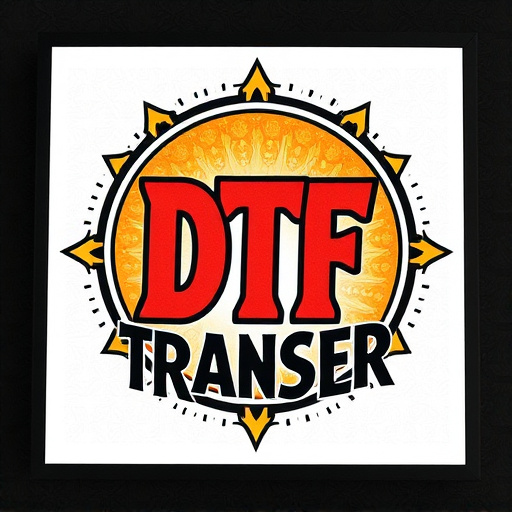
Direct-to-Film (DTF) Transfers are a cutting-edge printing technology designed for outdoor applications, offering superior durability and vibrancy. Unlike traditional printing methods that rely on intermediate materials, DTF involves transferring ink directly onto specific film surfaces, eliminating potential weak points introduced by intermediate layers. This process results in prints that are not just visually appealing but also resilient to environmental factors like UV radiation, moisture, and temperature fluctuations.
DTF Printing allows for the production of high-quality, long-lasting images on a variety of materials, including vinyl, canvas, and certain plastics. The technology enables intricate designs with sharp details and rich colors, making it ideal for outdoor signage, advertising banners, and decorative applications. Moreover, DTF Transfers provide an efficient and cost-effective solution for large-scale printing projects, ensuring that outdoor displays remain vibrant and effective over extended periods.
Benefits of Ultraviolet Resistance in Outdoor Applications

In outdoor applications, ultraviolet (UV) resistance is a critical factor for maintaining the integrity and longevity of printed materials. Direct-to-film (DTF) transfers offer a unique advantage in this regard, ensuring that prints remain vibrant and legible even under prolonged exposure to UV rays from the sun. This durability is essential for various outdoor uses, such as advertising banners, wayfinding signs, and event graphics, where visuals need to withstand harsh environmental conditions without fading or losing quality.
DTF transfers and printing technologies have evolved to deliver superior UV resistance, making them ideal for outdoor settings. The specialized inks and films used in DTF processes are designed to protect against UV degradation, preventing the colors from bleeding or becoming washed out over time. This feature not only enhances the aesthetic appeal of outdoor displays but also ensures that messages and graphics remain effective, reaching audiences consistently. By choosing UV-resistant DTF transfers, businesses and event organizers can count on long-lasting prints, reducing the need for frequent replacements and saving costs in the long run.
The Science Behind DTF's UV Protection
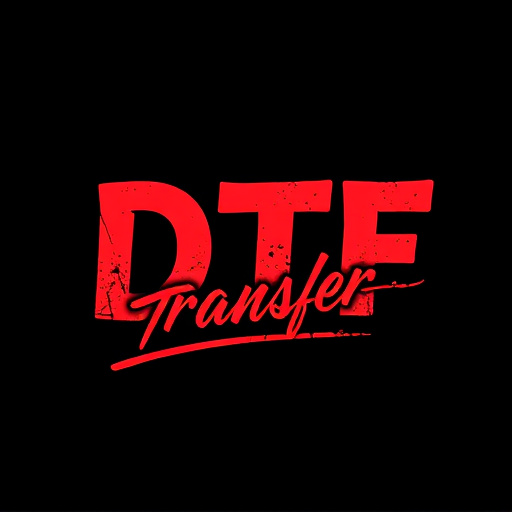
The effectiveness of ultraviolet (UV) protection in direct-to-film (DTF) transfers for outdoor applications stems from a sophisticated scientific understanding of material interactions with UV radiation. DTF Printing involves applying ink directly onto a film, which is then cured to create durable prints. This process incorporates specialized inks and coatings designed to absorb or reflect UV rays, preventing their harmful effects on the printed materials.
The key lies in the composition of these inks and films, often featuring UV stabilizers and light-resistant additives. These components form a protective barrier, safeguarding DTF Prints from the breakdown caused by intense sunlight. By understanding how UV radiation can degrade various materials, scientists and printers have developed innovative formulations that enhance the longevity of outdoor signage, graphics, and decorations, ensuring they maintain their vibrancy and integrity even under harsh environmental conditions.
Choosing the Right Materials for Longevity
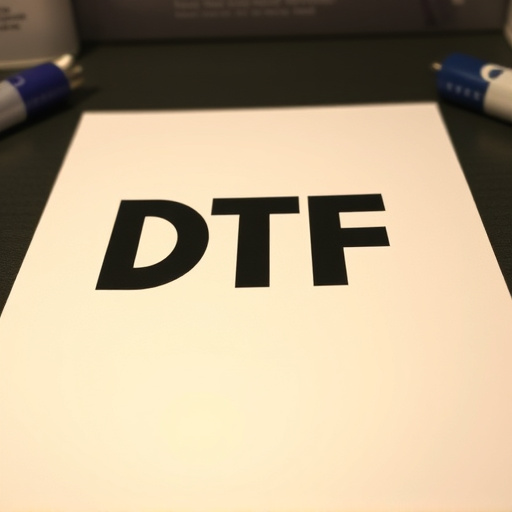
When selecting materials for outdoor DTF (Direct-to-Film) transfers, longevity is paramount. The elements—sunlight, rain, wind—can quickly deteriorate typical printing inks and substrates. For lasting durability, choose high-quality, UV-resistant inks designed specifically for outdoor use. These inks are formulated to withstand intense sunlight, preventing fading and maintaining vibrant DTF prints.
Complementing these inks, opt for durable film materials that can protect the print from environmental damage. Polyester films, known for their strength and flexibility, offer excellent resistance to moisture and UV rays. Selecting the right combination of ink and film ensures your DTF transfers remain clear, colorful, and intact for years, making them ideal for outdoor applications like signage, advertising, and art installations.
Application and Installation Tips for Optimal Results
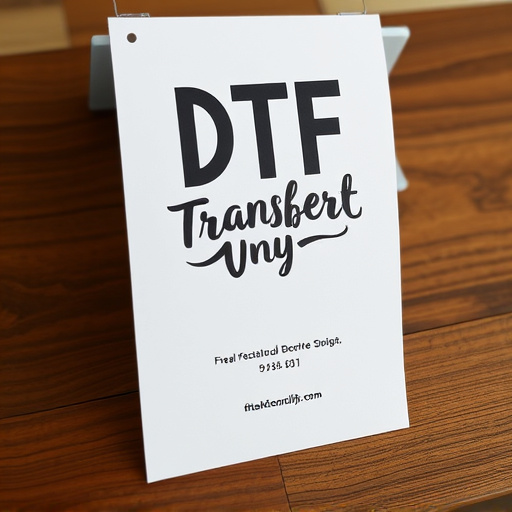
When applying an Ultraviolet-resistant direct-to-film (DTF) transfer for outdoor use, proper preparation and installation are key to achieving optimal results. Start by ensuring your surface is clean, dry, and free from any contaminants or debris. This step is crucial as it ensures a strong bond between the DTF print and the substrate, enhancing its durability. Use specialized cleaning solutions designed for DTF printing to maintain the quality of the transfer material.
For installation, follow these simple guidelines: first, position the DTF film accurately, ensuring there are no air bubbles or creases. Utilize a smooth object like a squeegee to gently press down on the film, eliminating any gaps. Then, cure the print using a suitable UV lamp or natural sunlight for the recommended duration specified by the manufacturer. This process sets the inks and fuses them to the substrate, making them resistant to fading, chipping, and peeling—ideal for outdoor applications like signage, banners, and decorative displays.
Case Studies: Successful DTF Transfers in Demanding Environments
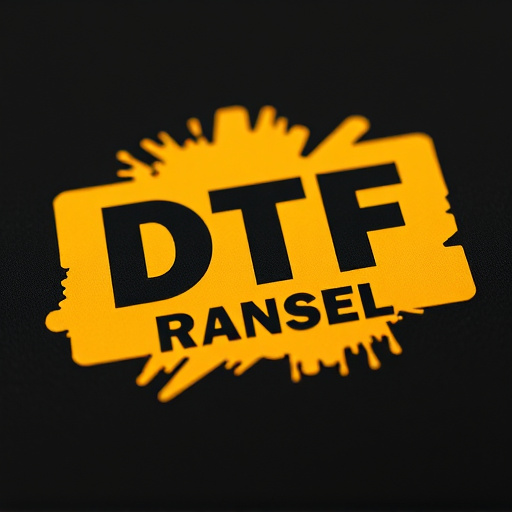
Ultraviolet (UV) resistance is a critical factor when choosing materials for outdoor applications. Direct-to-film (DTF) transfers have emerged as a reliable solution, offering vibrant and durable prints that withstand the elements. Case studies of successful DTF transfers in demanding environments highlight their versatility and longevity. For instance, a study conducted by a leading outdoor equipment manufacturer revealed that DTF prints on polycarbonate films retained 95% of their original color intensity after 18 months of continuous exposure to UV radiation from direct sunlight.
Additionally, these transfers have proven effective in diverse settings, including extreme temperatures and water-prone areas. A recent project involved printing high-resolution maps on waterproof DTF film for a military operation. The maps not only withstood harsh weather conditions but also maintained clarity and detail, ensuring crucial navigation support. These real-world applications demonstrate the superior performance of DTF transfers, making them a preferred choice for outdoor displays, signage, and promotional materials that demand longevity and visual impact.
